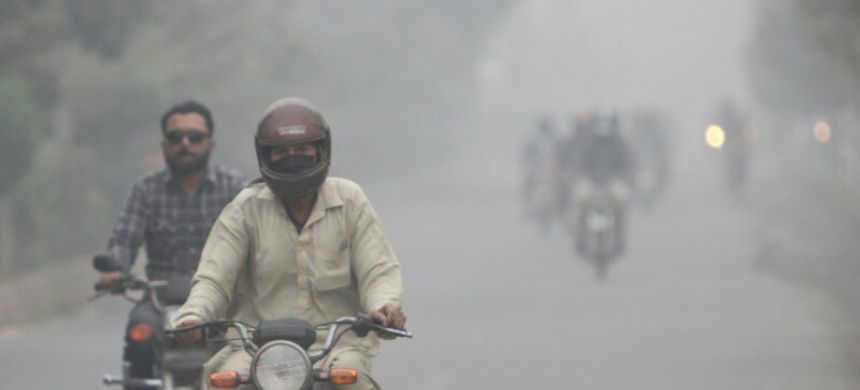Punjab’s Senior Minister Marriyum Aurangzeb has unveiled an advanced AI-based system designed to monitor and predict smog across the province — a first-of-its-kind initiative for Punjab’s environmental management.
Speaking in Lahore, the minister said the system can accurately forecast air pollution, smog levels, and the effects of polluted air drifting from India. “This technology allows us to predict air quality up to four months ahead, enabling early preventive measures and timely action,” she explained.
The AI system integrates data from various sectors, including industry, transport, and construction, to monitor emissions. Modern surveillance tools are being used to ensure compliance with strict emission reduction targets.
According to the Punjab Environmental Protection Agency (EPA), over 300,000 vehicle fitness tests have been conducted, and more than 1,100 electric buses are already operational, with another 1,000 on the way. The EPA has also installed 41 Air Quality Monitoring Stations, set to expand to 100 by next year.
A “Smog War Room,” connected to the Punjab Information Technology Board (PITB) dashboard, has been launched to ensure swift enforcement. Drone monitoring, AI tools, and surveillance systems detect violations within 48 hours.
Industries are now linked to EPA’s real-time monitoring network, fuel quality checks are ongoing, and an anti-plastic crackdown is in progress. Crop burning has been banned, and mobile health units remain on standby in smog-affected zones.
Aurangzeb also announced a new Environment Protection Force, operating 24/7 with drones to strengthen Punjab’s clean air mission.
In a relevant new, read more about Lahore Plans 400 Electric Buses to Reduce Smog











